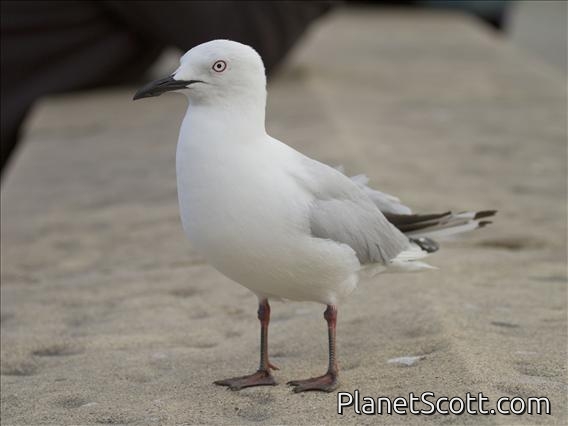Black-billed Gull (Chroicocephalus bulleri)

Black-billed Gull (Larus bulleri)
×


Black-billed Gull (Larus bulleri)
About Black-billed Gull (Chroicocephalus bulleri)
- Kingdom: Animals
- Phylum: Chordates
- Class: Birds
- Order: Shorebirds and Allies
- Family: Gulls, Terns, and Skimmers
The black-billed gull, also called Buller's gull or tarāpuka (Māori), is a Near Threatened species of gull in the family Laridae. This gull is found only in New Zealand, its ancestors having arrived from Australia around 250,000 years ago.
Source: Wikipedia
Lifelists
Trips
Visits
-
2012-01-08
Queenstown, New Zealand -
2012-01-08
Te Anau, New Zealand


